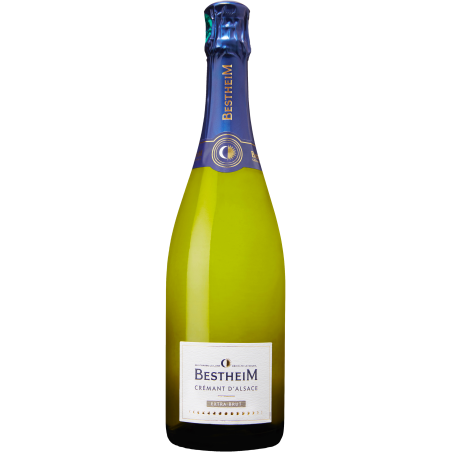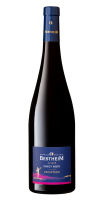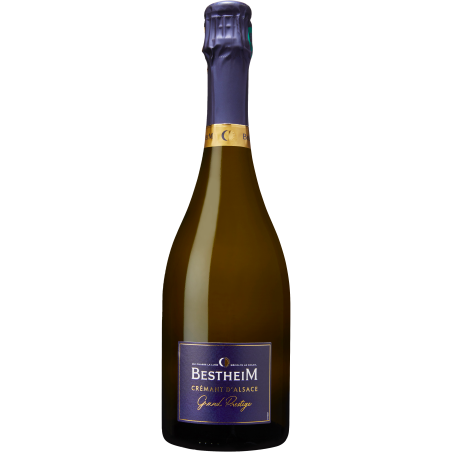
Use your five senses to enjoy your wine!
Drinking Alsace wine and Crémant is a unique experience that calls on all your senses, including those you might not spontaneously think of. We explain how to get the most out of the delicate art of tasting.
Hearing: your wine tells you to listen out
In wine tasting, everything starts with… sound. Surprisingly, this is the first sense to be on the alert, as soon as the bottle is opened. Listen to that very specific “pop” when you uncork a bottle of Crémant d’Alsace (at random: our Crémant Grand Prestige!). It is a first indication of the pleasures that await with this festive wine. When you pour it out, listen to the soft notes of the bubbles as they escape from the bottle to dance joyfully in your glass. This distinctive little sound, the small hiss of the lively, ethereal bubble, is an ode to Crémant d’Alsace… and to the special times that you will have in its company.
And we mustn’t forget the noise of the corkscrew as it frees other wines from their bottles, holding the promise of enjoyment.
Sight: wines invite contemplation
First of all, you must look carefully at the bottle: the flute shape so characteristic of Alsace wines, the design of the label and of course the information it conveys are a first treat for the eyes.
Then, of course, there is the wine’s colour. Taking your glass, swirling it, examining the colour of your wine from different angles and describing it are all ways of gauging its promise. Whether or not you are a trained oenologist, you will certainly admire the subtle shades of your beverage and their depth, which can be described with adjectives such as coppery, bright, ochre, deep, intense, light, etc. These shades contribute to revealing a wine’s age, amongst other things: for a red wine, the more purple and garnet red the colour, the younger the wine. As it ages, its original colour will gain coppery glints. For white wines, time brings tinges of orange, old gold and caramel…
And let’s not forget the Crémants, whose bubble ring and delicate effervescence in the glass are a delight to behold…
Smell: the precursor of flavour, yet something more than that
When you taste wine, you are guided by your nose. First of all, take the time to breathe it in gently, then more resolutely, swirl it around and do it again; allow its fragrance to reach out to you and give you valuable information about your drink.
There is a whole world of smell in a wine’s “nose”, which is made up of both its aroma and its bouquet. Fruit, spices, wood, flowers, minerals: almost anything is possible in this incredibly varied range.
If you have been introduced to tasting by a professional you draw on your knowledge when you sniff a wine, but also and above all on your olfactory memory, which is no doubt far more powerful than you imagine. It is not a bad idea to close your eyes when doing this: it can help you to distinguish the different smells.
Taste: when the wine enters your mouth
After being delicately sniffed, the wine can now be sipped. Its nose will remain with you during this step, in a synergy of the two senses. Hold your glass by the stem so that the wine can reach the different taste receptors in your mouth for acidity, sugar and bitterness. Keep the sip in your mouth for a moment to take in all the information.
This is divided into three categories: the attack (which indicates the wine’s power), the mid-palate (which describes the flavours and texture, and the finish, (which defines the wine’s persistence and how it develops). And above all, savour the pleasure of this stage without trying at analyse or recognise everything at all costs!
Touch: your hands and wine
This sense is the least in demand for wine tasting, but it nonetheless plays a part. For example, you derive pleasure from the coolness of a flute of Crémant d’Alsace in your palm, or the pleasant curves of a bottle of Pinot Noir Exception…
But your lips also call on the sense of touch when they brush against the glass, and your taste buds when they feel a wine’s silky tannins or residual sugars…



